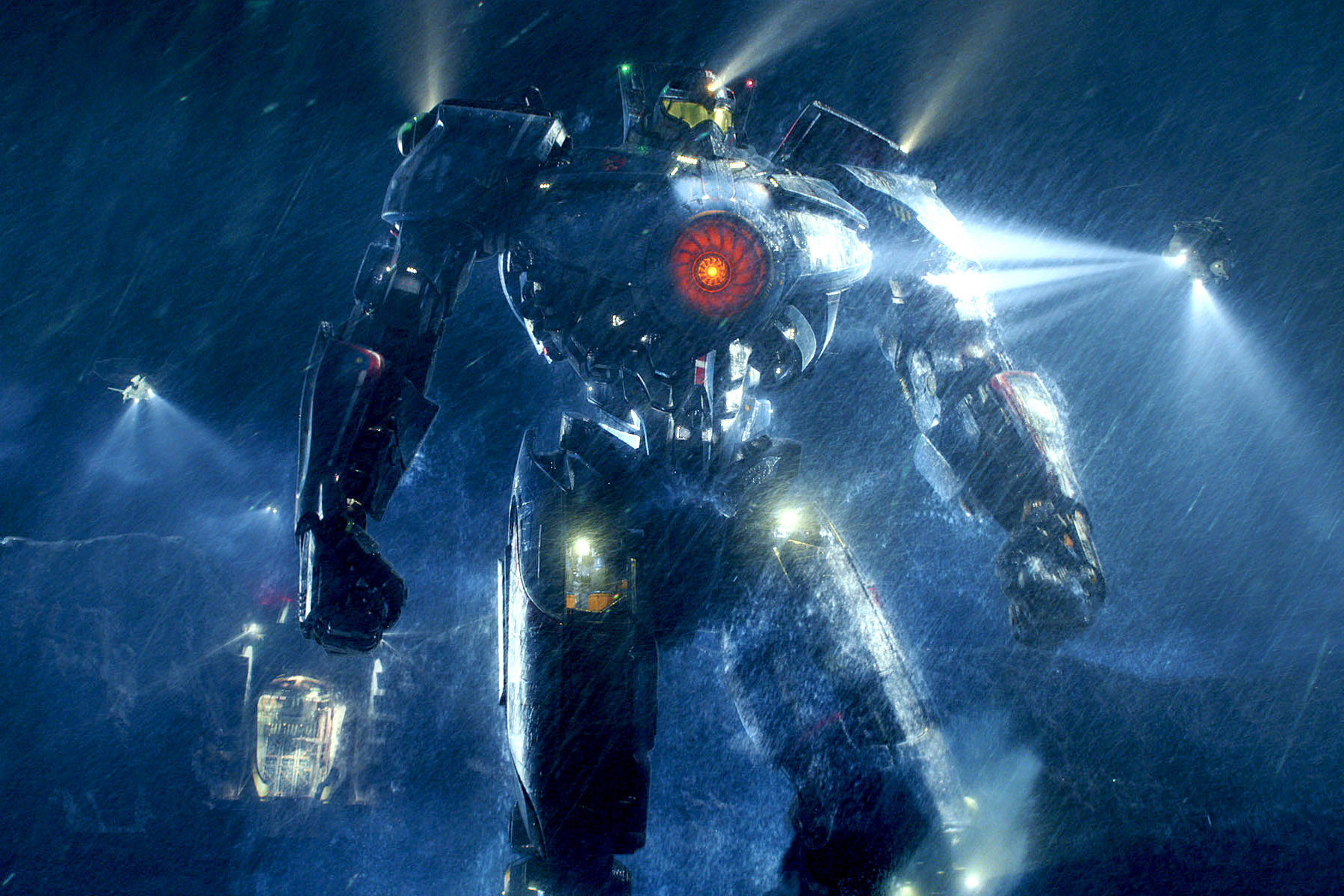James Cameron’s Avatar, launched in 2009, immediately stood out due to its revolutionary visual components. Although numerous movies have utilized cutting-edge technologies to improve narrative, Avatar captures interest with its intricate visual communication. Every aspect, from the color schemes to the aesthetic decisions, is meticulously arranged to move audiences from earthly existence to the stunning moon of Pandora. This analysis examines the particular visual characteristics that establish Avatar as a lasting filmic marvel.
Revolutionary Use of 3D Technology
Perhaps the most publicized visual innovation in Avatar is its pioneering implementation of stereoscopic 3D. Rather than serving as a mere gimmick, the 3D technology is woven into the very fabric of the storytelling. The unprecedented depth of field immerses audiences in every scene, whether soaring through Pandora’s sky upon a banshee or navigating its bioluminescent forests. The meticulous staging in three dimensions heightens spatial awareness and emotional engagement. Data from the film’s production reveals that, over the course of four years, proprietary cameras and software were developed specifically for this project, underscoring the centrality of visual immersion to the film’s identity.
Exquisite World-Building: Pandora’s Flora and Fauna
Avatar relies heavily on environmental storytelling, with Pandora itself functioning as a living, breathing character. The moon’s topography—a combination of floating mountains, lush rainforests, and glowing flora—draws on real-world botany and zoology while amplifying them through imaginative design. Each plant, such as the massive Hometree or the sentient Woodsprites, is meticulously rendered with vibrant colors and dynamic animation sequences. The unseen canopies and detailed undergrowth provide layers of visual complexity, achieved through the collaboration of botanists, designers, and digital artists. The native creatures—like the Direhorse and the Banshee—evoke both familiarity and alien wonder by merging earth species’ anatomy with novel features, reinforcing Pandora’s otherworldly ecosystem.
Bioluminescence and the Palette of Light
One of the movie’s most recognizable visual elements is its widespread application of bioluminescence. Pandora’s daytime scenes are characterized by rich, intensely saturated greens and blues, yet at night, the environment undergoes a complete change. The woodlands glow with brilliant purples, pinks, blues, and greens, a result of sophisticated rendering methods and a profound grasp of color principles. These bioluminescent phenomena are more than just ornamental; they play a role in Na’vi culture, directing ceremonies and symbolizing spiritual beliefs. For example, the Tree of Souls not only stands out visually but also embodies thematic depth—functioning as both a stunning display and a central point for the story.
Figure Creation and Movement Recording
The Na’vi stand as a monumental accomplishment in the realm of digital character design. Their extended limbs, cat-like characteristics, and glowing skin designs are immediately unforgettable. These attributes go beyond simple cosmetics; advanced motion-capture techniques enable the performers’ emotional subtleties to be accurately transferred to their digital representations. The breakthrough in facial capture is vital—slight expressions, eye movements, and physical gestures communicate genuineness, thereby reducing the well-known ‘uncanny valley’ phenomenon. Underlying this flawless execution is a massive logistical undertaking: over 60% of the movie consists of computer-generated figures engaging interactively with both virtual and live-action components.
Costume and Cultural Signifiers
Extensive visual detail is incorporated into the costume design for both the Na’vi and human characters. The Na’vi’s clothing incorporates woven fabrics, organic leathers, plumes, and glowing beads, each element signifying their spiritual bond with their environment. This design choice mirrors actual indigenous cultures while integrating fantastical elements, serving as a visual cue for profound cultural meaning. Human figures—particularly the military personnel and researchers—are characterized by practical exoskeletons, laboratory garments, and armored machinery, highlighting the central conflict between the natural world and technological advancement, and visually representing the divergence in human and Na’vi perspectives.
Environmental Composition and Cinematic Framing
The cinematography of Avatar meticulously frames Pandora’s splendor through sweeping establishing shots and intimate close-ups. Wide-angle vistas capture the dizzying heights of the Hallelujah Mountains, exploiting scale to inspire both awe and a sense of insignificance. Cameron employs dynamic camera movement to simulate flight and frame action sequences, producing kinetic energy that draws the audience into the world. Key scenes leverage light and shadow, contrasting Na’vi harmony with the harsh, sterile human encampments, providing stylistic subtext that amplifies core themes.
Blending Practical and Digital Effects
The combination of practical and digital effects ensures that Pandora’s setting appears tangible instead of completely artificial. Actual sets are integrated with computer-generated additions, enabling live performers to engage authentically with their environment. This mixed methodology is evident in close-up shots of forest grounds, where actors’ hands touch digital plant life that reacts instantly, grounding the visual illusion in physical existence.
Influence on Other Media and Popular Culture
The distinctive visual style created by Avatar has left its mark on video games, amusement park rides, and later movies. For instance, the captivating areas within prominent theme parks replicate Pandora’s luminous landscapes, showcasing the movie’s enduring visual influence. Other directors have referred to Avatar as a standard for seamlessly blending computer graphics with live action on a grand scale, employing it as a measure for technical aspiration and narrative presentation.
A Lasting Visual Legacy
Every visual choice in Avatar integrates cutting-edge technology and imaginative world-building to create a sensory-rich experience. The film’s cohesive palette, intricate character work, and innovative use of light are carefully layered, drawing viewers deeper into its ecological parable. Through these elements, Avatar has not only shaped the evolution of visual effects but also redefined expectations for cinematic immersion, demonstrating the enduring power of artistry harmonized with technology.



